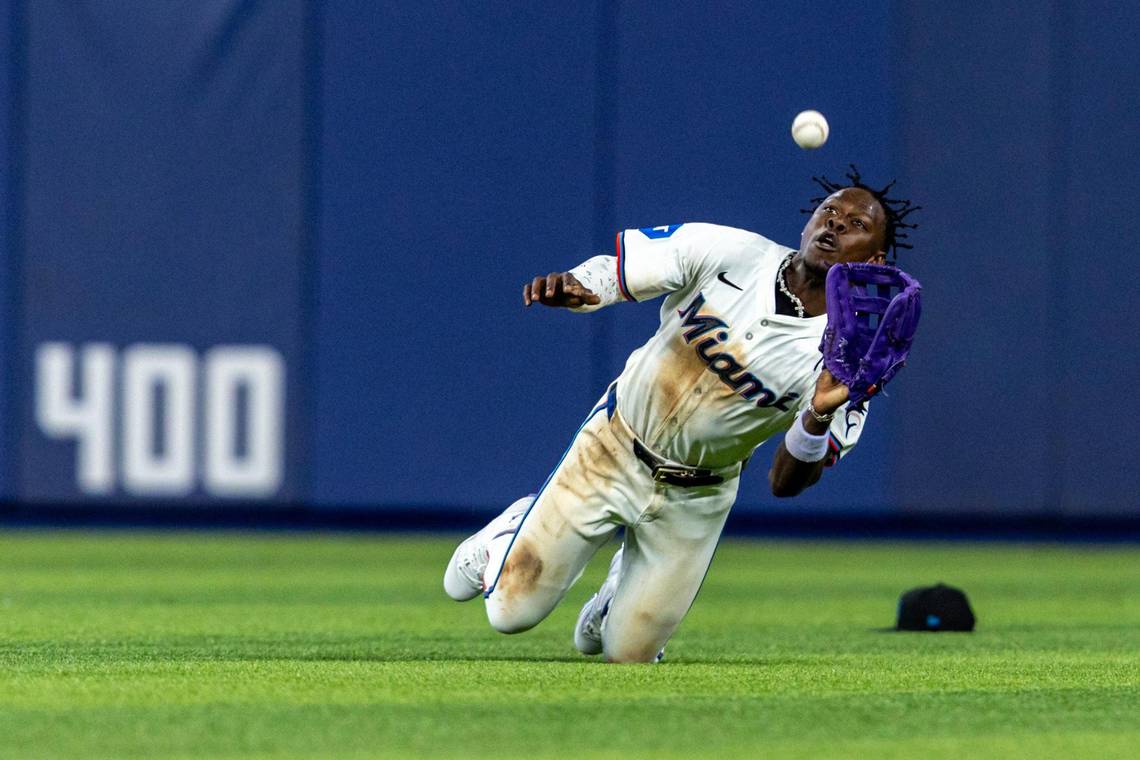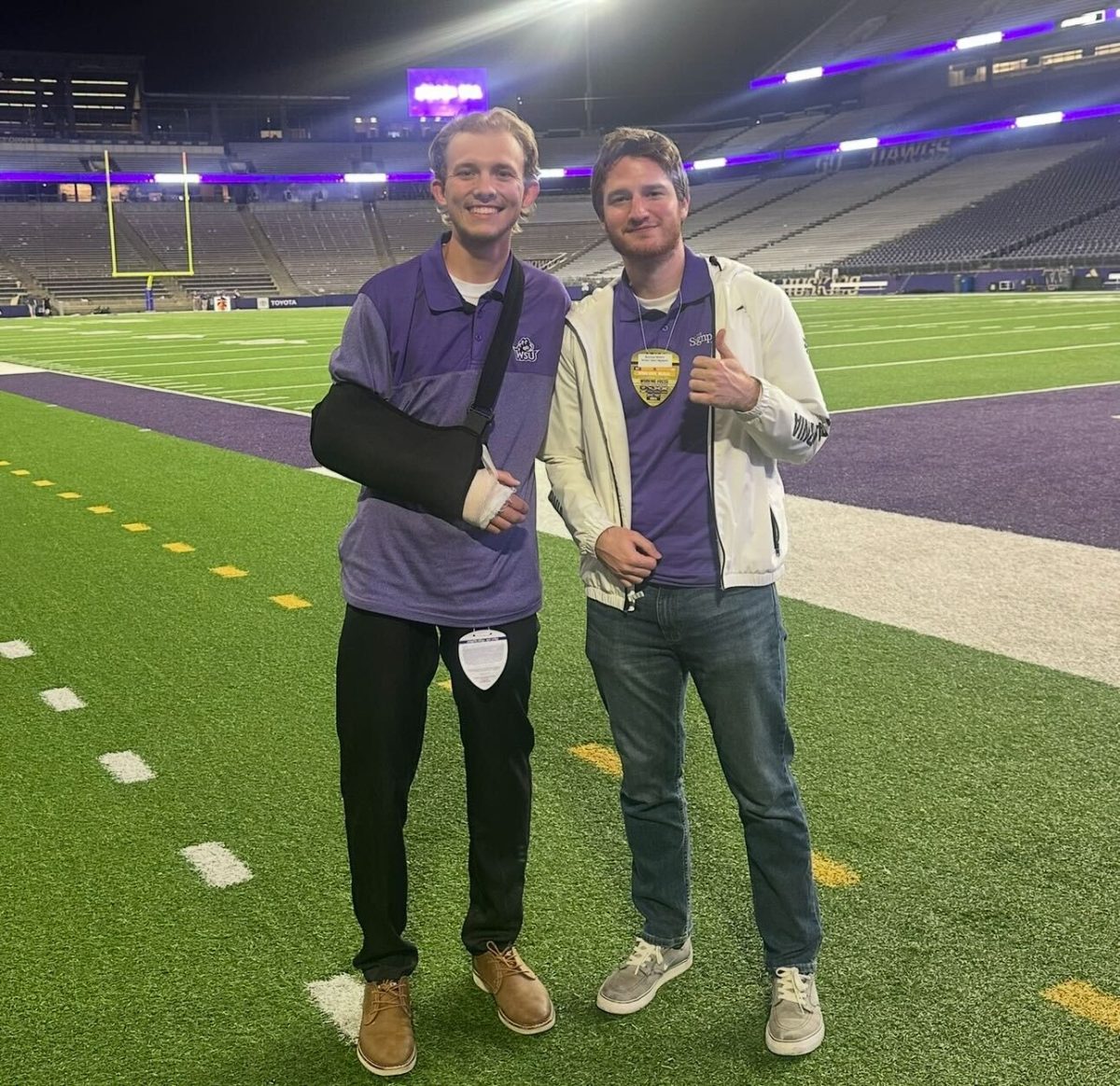
In bands, there is often one stand-out member who is extremely talented at his or her instrument. The artist can be shredding on guitar, slapping bass licks, exploding an uproar of drum beats or crooning like none other.
Often, these talented musicians will create side-projects with other outstanding artists from different bands to form what is known as a supergroup. While supergroups are fascinating concepts, they are risky endeavors. Music fans have to ask, “Is this eclectic group fantastic or forgettable?”
In the world of rock and roll, supergroups have been a topic of debate since the 1960s. The band Cream was the first supergroup to achieve mainstream success. Eric Clapton, vocalist and guitarist, was previously in The Yardbirds, and the other two members of Cream were in the Graham Bond Organisation. Because these two bands were already popular in the United Kingdom, the new supergroup made waves.
In the 1980s, legendary group The Traveling Wilburys was a project created by George Harrison, Tom Petty, Bob Dylan, Roy Orbison and Jeff Lynne, who originally got together to create music as a passtime.
When they expressed interest in forming an official group and recording music, the record labels that the bands to which these artists already belonged forbade an album from being made. In defiance, the music legends made up false identities in order to record freely.
These two bands are examples of successful acts. However, other musicians have launched similar ventures with noisy, unlistenable products.
In 2008, members of Van Halen and Red Hot Chili Peppers collaborated on songs and named their group Chickenfoot. Their intention was to create radio rock in a time when digital music was all the rage.
They advertised their debut album as a rock ’n’ roll masterpiece, but it turned out to be a mess of inconsistent playing and led to an unintentional catastrophe of music.
“Chickenfoot plods more than pushes, and while the riffs stick, the songs generally don’t,” said Chuck Eddy, music reviewer for Rolling Stone Magazine.
Heavy metal also has several supergroups that turned out different than expected. Earlier in the year, a group called Giraffe Tongue Orchestra announced that they would be releasing an album. This group featured the who’s who of progressive metal with members from Mastodon, The Dillinger Escape Plan, Alice In Chains, Mars Volta and Dethklok.
While the group’s inception received lots of publicity, their album did not live up to the hype. The music magazines and websites that were excited about the group’s formation trashed the album, saying that it sounded like five people playing different songs all at the same time.
On the other hand, metal supergroup Serpentine Dominion, featuring members from Cannibal Corpse, Killswitch Engage and The Black Dahlia Murder, recently released their album to rave reviews.
“It’s hard to say what was expected when this project was announced,” said Aaron Lambert, writer for Metal Injection, “but it’s safe to say that Serpentine Dominion has exceeded all expectations.”
This release did not have much hype but produced a sound that worked well. These musicians are legends in the metal community and have created a noise unlike the groups they normally play with.
All of the groups mentioned have the same formula for creating a band. The difference is the chemistry between the members and their musical abilities.
We will continue to see supergroups form in the future from more genres. What we, as music-lovers, have to decide is whether there are too many cooks in the kitchen for something appetizing to come out.













